1. McDonald’s McDLT
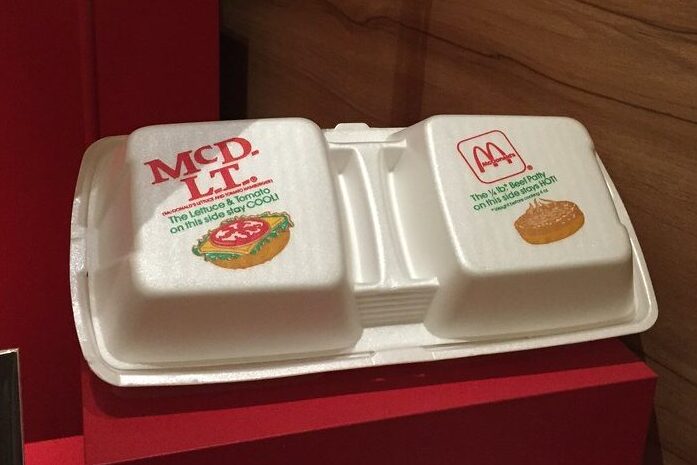
McDonald’s introduced the McDLT in 1984, aiming to keep the hot side hot and the cool side cool by using a two-compartment styrofoam container. The idea was to let customers assemble their own burger, ensuring freshness. While the concept was innovative, the environmental impact of the non-biodegradable styrofoam packaging led to criticism and eventual discontinuation.
Despite its initial popularity, the McDLT was phased out in the early 1990s. The backlash against the packaging and the growing environmental awareness of the time contributed to its short-lived presence on the menu.
2. Wendy’s Superbar
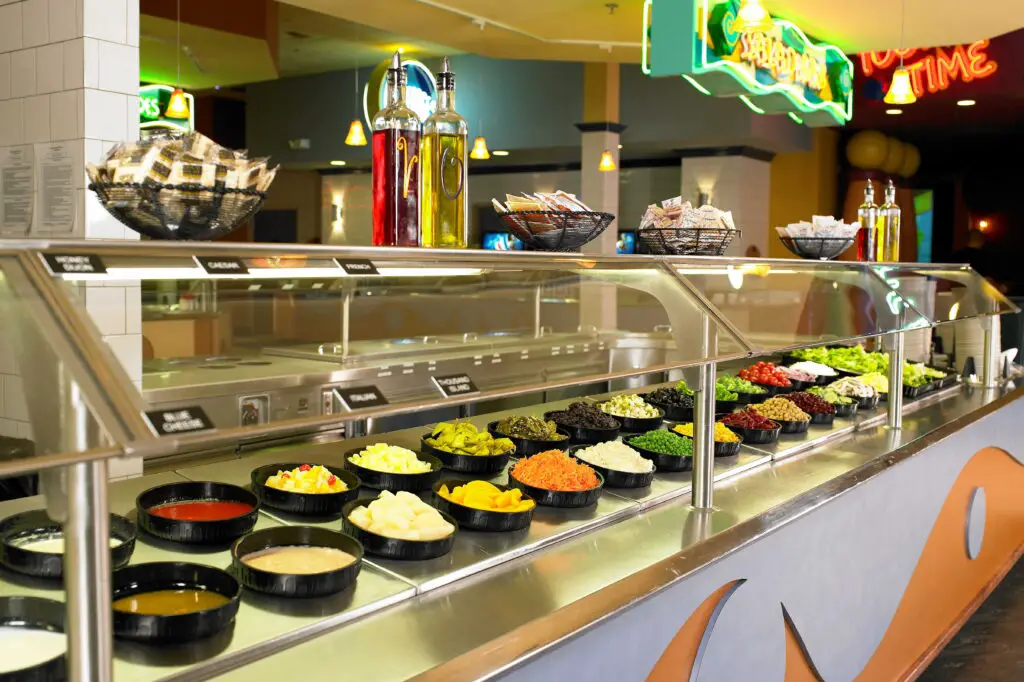
Wendy’s Superbar was an all-you-can-eat buffet introduced in the late 1980s. It featured a variety of options, including a salad bar, pasta station, and Mexican Fiesta section. The concept aimed to offer a diverse dining experience within the fast-food model.
However, the Superbar faced challenges such as increased food waste and higher operational costs. Despite its initial popularity, the Superbar was discontinued as Wendy’s shifted focus back to its core menu offerings.
3. Pizza Hut’s Priazzo
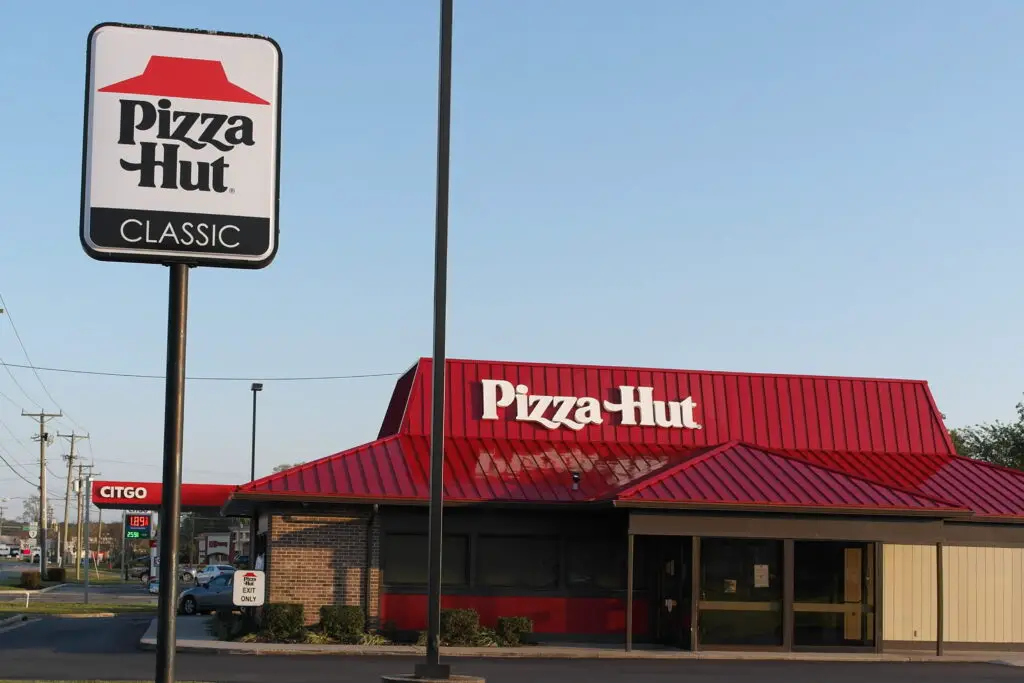
In 1985, Pizza Hut launched the Priazzo, a deep-dish pizza that required 30 to 40 minutes to bake. The pizza featured layers of dough and a variety of toppings, catering to the growing demand for hearty, sit-down meals. Despite its rich flavors, the lengthy preparation time was impractical for the fast-food environment.
The Priazzo’s time-consuming cooking process and higher price point led to its removal from the menu. Pizza Hut’s attempt to offer a more upscale dining experience ultimately did not align with the fast-food model’s emphasis on speed and affordability.
4. McDonald’s McSpaghetti
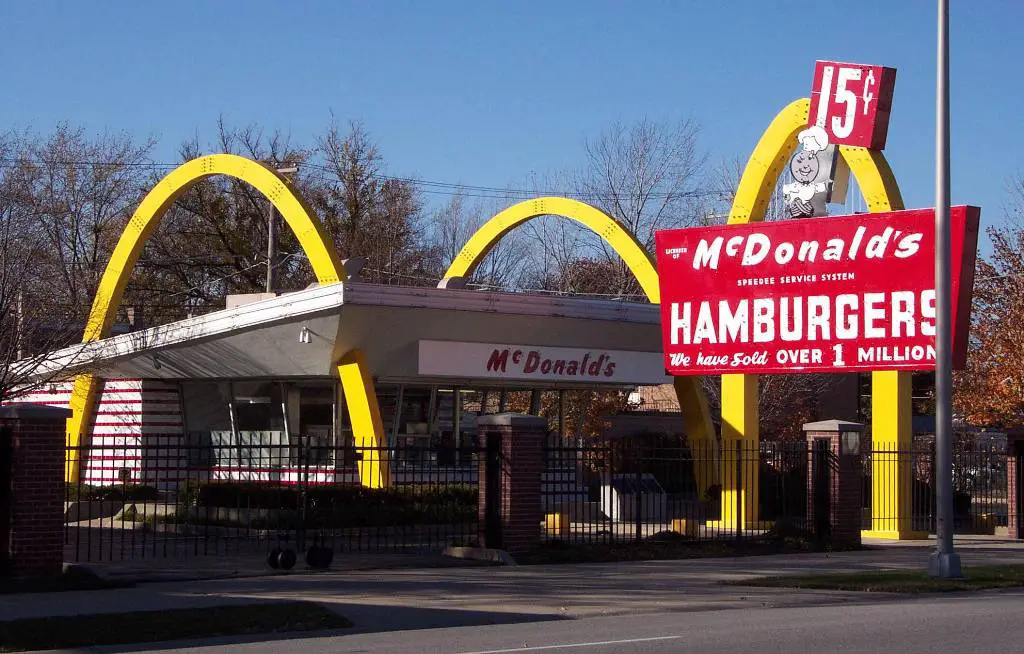
McDonald’s ventured into Italian cuisine with the introduction of McSpaghetti in the 1980s. The dish included spaghetti noodles topped with marinara sauce and served with garlic bread. The move aimed to diversify the menu and attract a broader customer base.
Despite the novelty, McSpaghetti failed to resonate with customers. The combination of fast food and Italian pasta did not meet expectations, leading to its discontinuation in most locations.
5. Taco Bell’s Enchirito
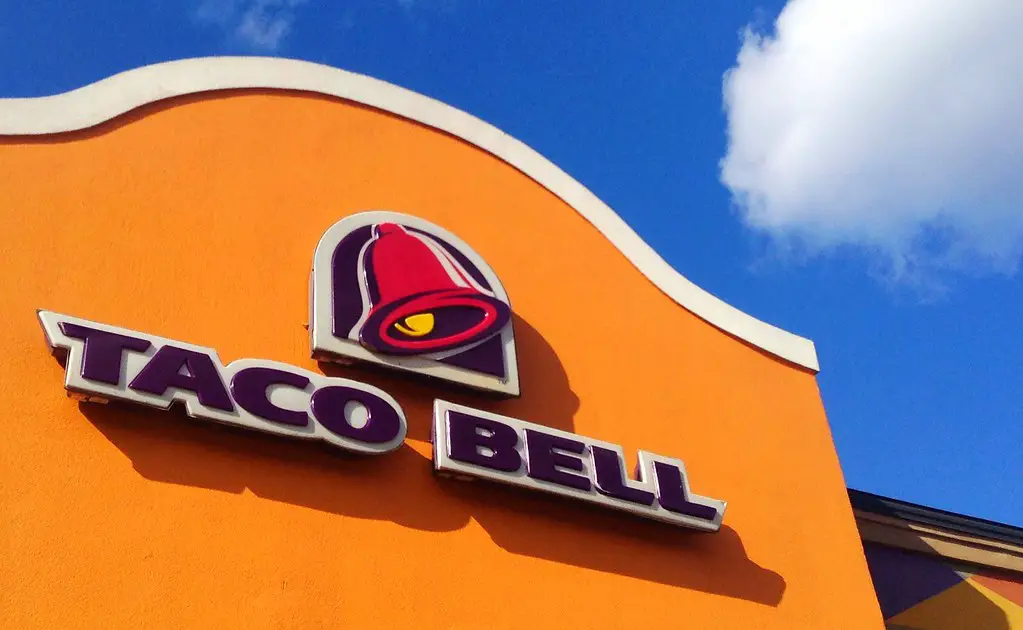
Taco Bell’s Enchirito combined elements of a burrito and an enchilada, featuring a flour tortilla filled with beef, beans, and topped with red sauce and melted cheese. Introduced in the 1980s, the Enchirito was part of Taco Bell’s effort to diversify its menu offerings.
While it gained a following, the Enchirito’s complex preparation and the changing preferences of customers led to its removal from the menu. Despite attempts to revive it, the Enchirito remains a nostalgic item for many.
6. Burger King’s Enormous Omelette Sandwich
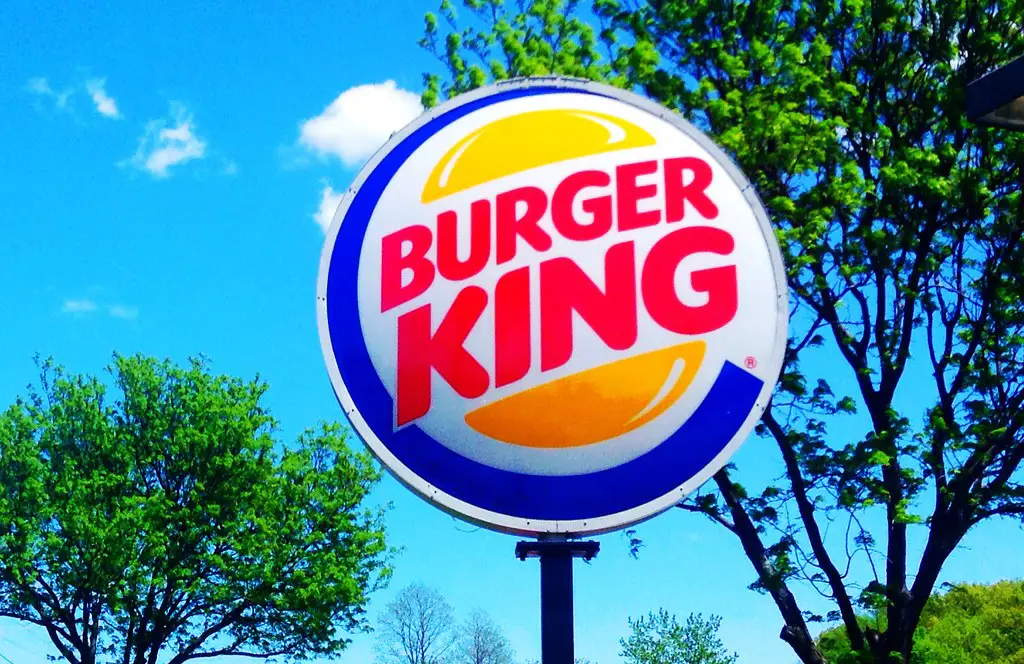
In the early 1980s, Burger King introduced the Enormous Omelette Sandwich, a breakfast item featuring two eggs, three slices of cheese, and a choice of bacon, sausage, or ham on a bun. The sandwich aimed to cater to customers seeking a hearty breakfast option.
However, the sandwich’s large size and high calorie content were met with criticism. The Enormous Omelette Sandwich was eventually discontinued as consumer preferences shifted towards lighter breakfast choices.
7. Jack in the Box’s Dinner in the Box
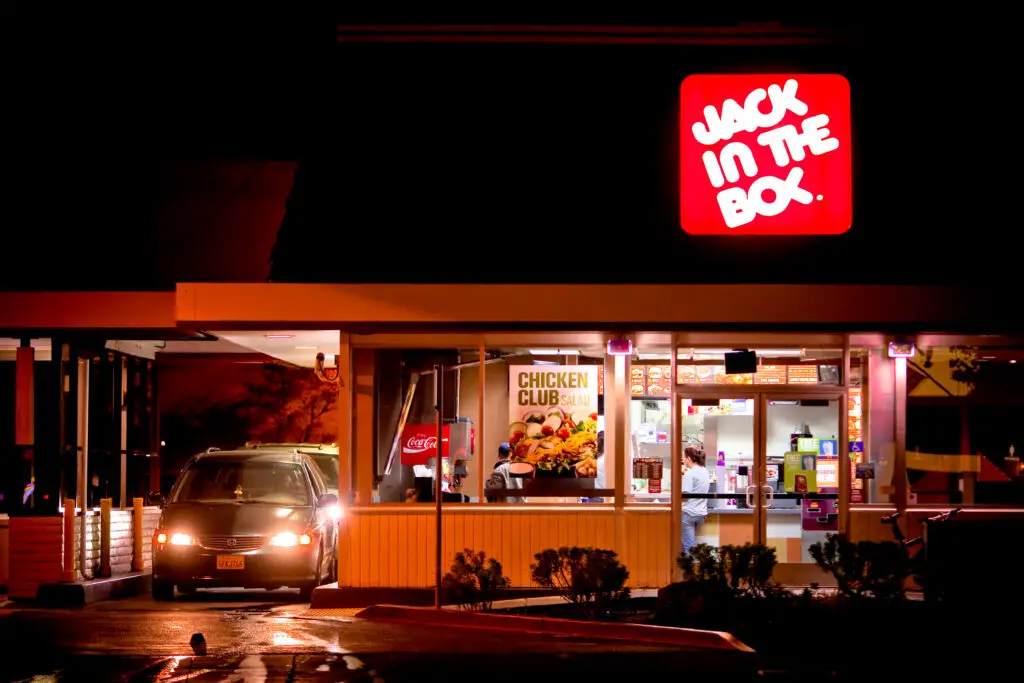
Jack in the Box introduced the Dinner in the Box in the 1980s, offering a complete meal that included an entrée, side, and dessert in a single package. The concept aimed to provide a convenient dining option for customers seeking a full meal.
Despite the convenience, the Dinner in the Box faced challenges such as higher prices and increased preparation times. The concept was eventually phased out as Jack in the Box refocused on its core menu items.
8. McDonald’s Arch Deluxe
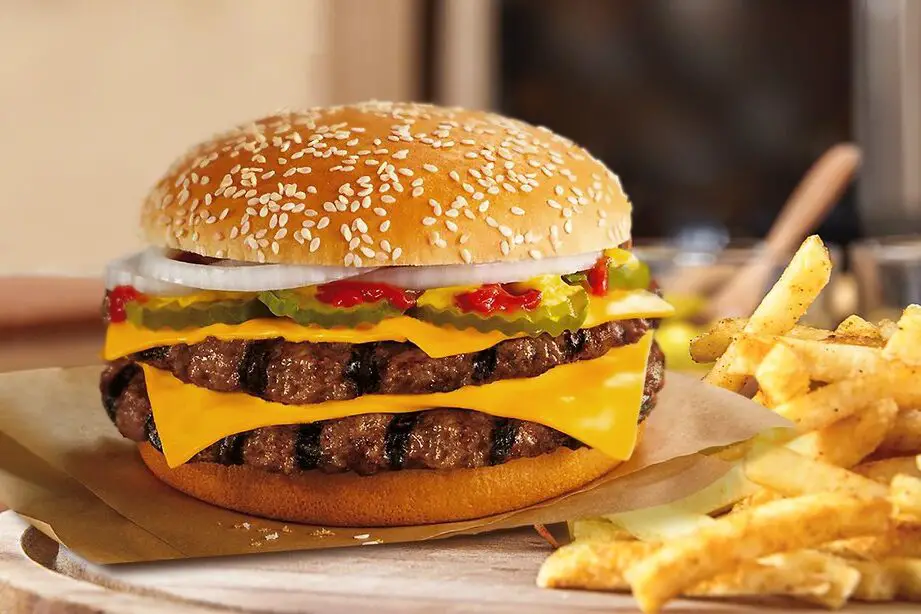
In 1996, McDonald’s launched the Arch Deluxe, a burger marketed towards adults with more sophisticated tastes. The sandwich featured a quarter-pound beef patty, leaf lettuce, tomato, peppered bacon, and a special Dijonnaise sauce. Despite a significant marketing campaign, the Arch Deluxe failed to capture the adult market.
The high cost of production and the sandwich’s inability to meet sales expectations led to its discontinuation. The Arch Deluxe remains one of McDonald’s most expensive product flops.
9. Burger King’s Shots
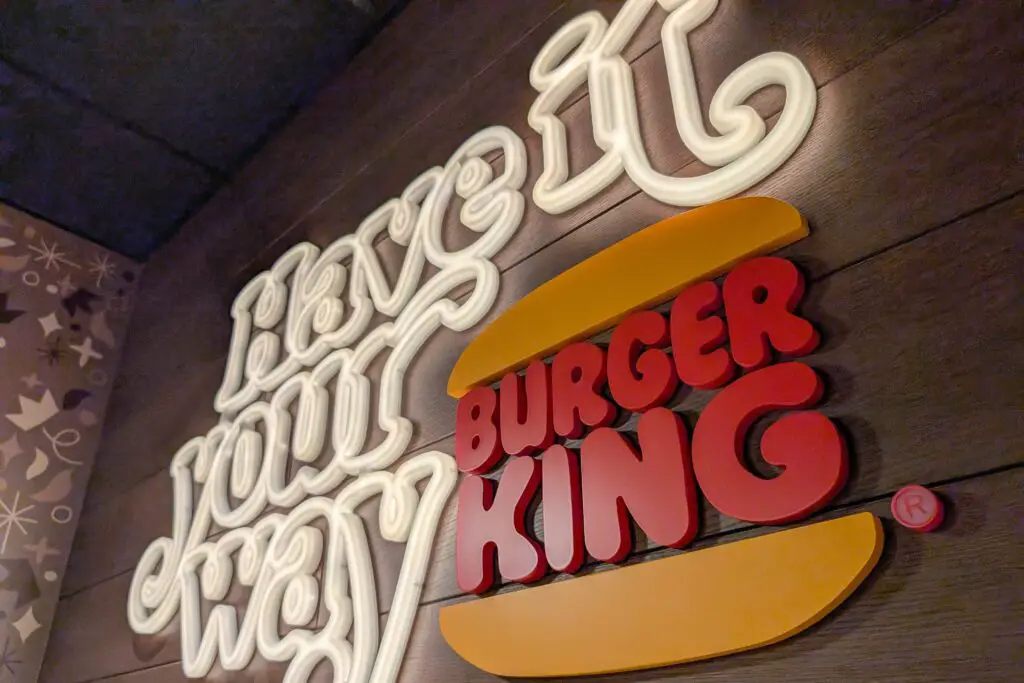
Burger King’s Shots were bite-sized burgers introduced in the early 1980s. The mini burgers were designed to offer a quick snack option for customers. Despite their novelty, the Shots did not achieve the desired popularity.
The small size and limited appeal led to the discontinuation of the Shots. Burger King’s attempt to diversify its menu with this item was short-lived.
10. McDonald’s McHot Dog
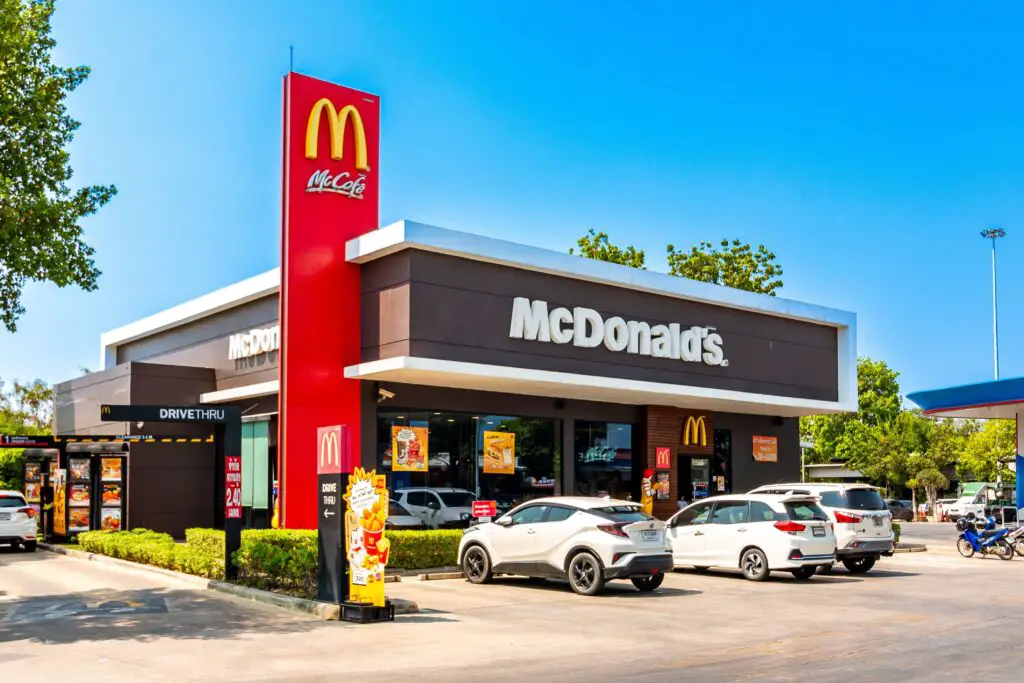
McDonald’s introduced the McHot Dog in the early 1990s, aiming to compete with other fast-food chains offering hot dogs. The McHot Dog was part of McDonald’s strategy to expand its menu beyond burgers and fries.
However, the McHot Dog did not resonate with customers, leading to its removal from the menu. The introduction of the McHot Dog is often cited as one of McDonald’s less successful menu experiments.
11. Taco Bell’s BLT Soft Taco
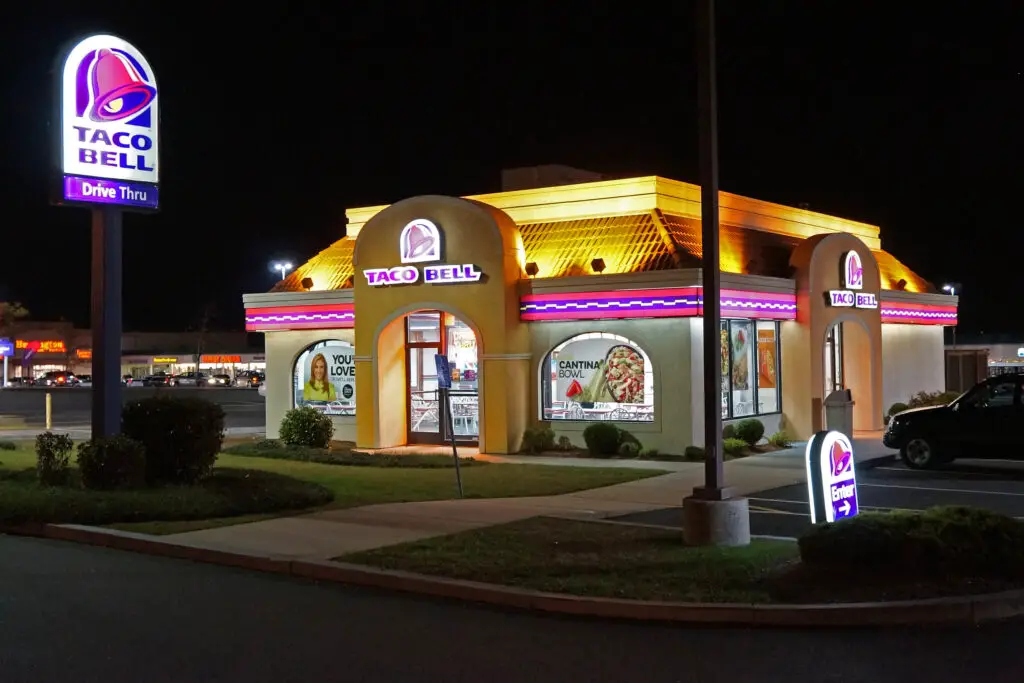
Taco Bell’s BLT Soft Taco was introduced in the 1980s, combining the classic bacon, lettuce, and tomato with Taco Bell’s signature flour tortilla. The item aimed to offer a familiar flavor profile in a new format.
Despite its simplicity, the BLT Soft Taco did not achieve lasting popularity. The item’s inability to stand out among Taco Bell’s other offerings led to its discontinuation.
12. Wendy’s Big Bacon Cheddar Cheeseburger
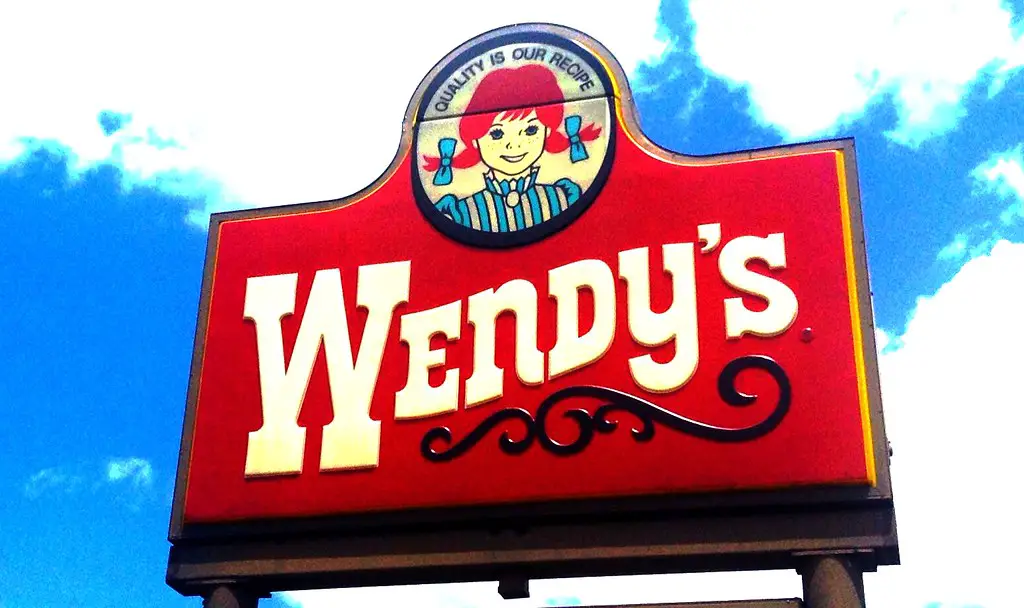
Wendy’s Big Bacon Cheddar Cheeseburger was introduced in the 1980s, featuring a quarter-pound beef patty, cheddar cheese, and crispy bacon. The sandwich aimed to cater to customers seeking a hearty, flavorful burger.
However, the Big Bacon Cheddar Cheeseburger faced challenges such as high calorie content and competition from other premium burgers. The sandwich was eventually removed from the menu as Wendy’s streamlined its offerings.
13. Rax Roast Beef’s Salad Bar
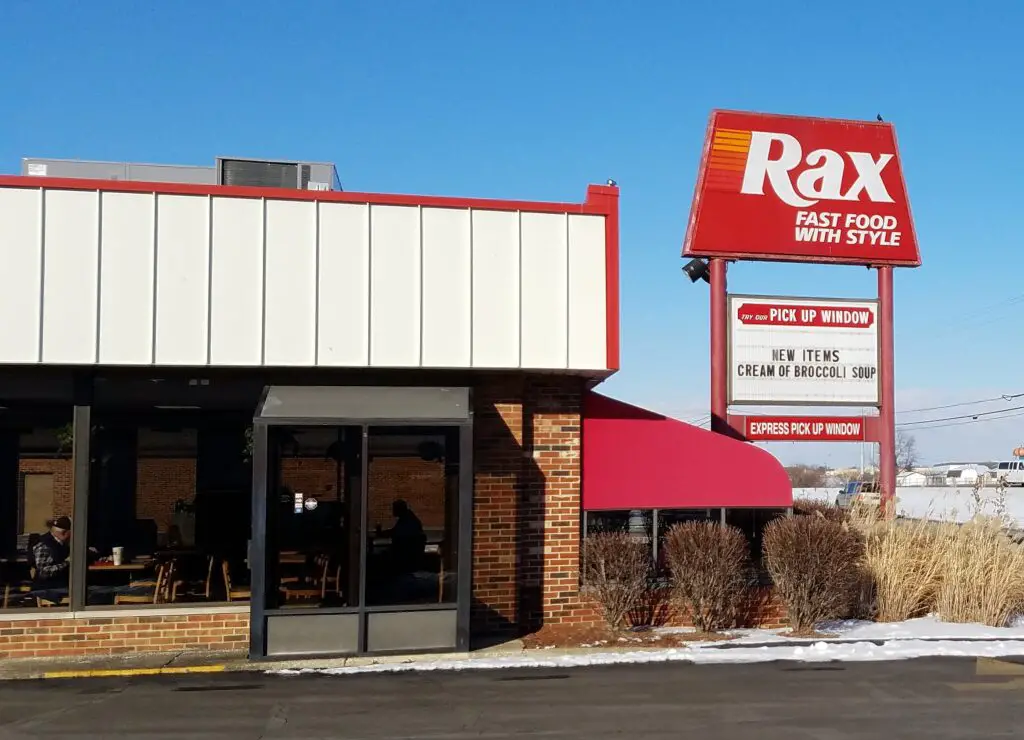
Rax Roast Beef introduced a salad bar in the 1980s, aiming to diversify its menu and attract health-conscious customers. The salad bar featured a variety of fresh vegetables and toppings, allowing customers to create their own salads.
Despite the initial appeal, the salad bar faced challenges such as increased food waste and higher operational costs. Rax’s attempt to expand its menu with this offering did not align with its core brand, leading to its discontinuation.
